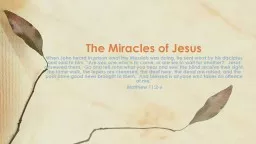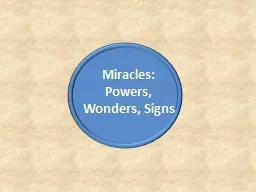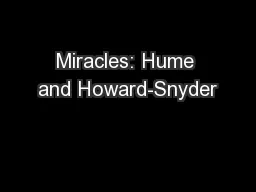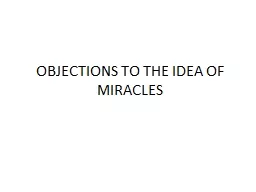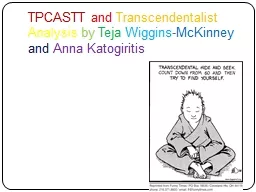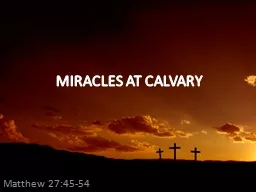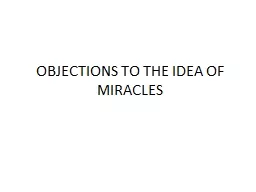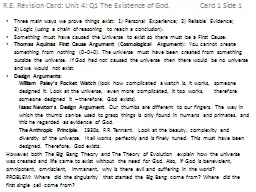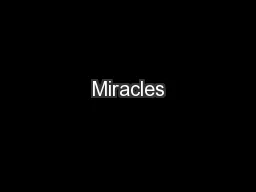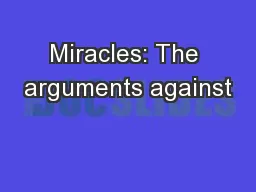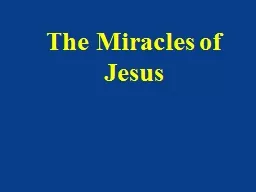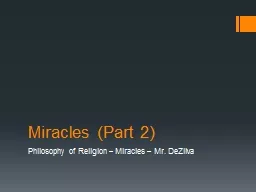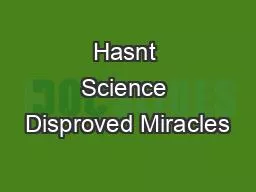PPT-The Miracles of Jesus
Author : stefany-barnette | Published Date : 2017-12-08
When John heard in prison what the Messiah was doing he sent word by his disciples and said to him Are you the one who is to come or are we to wait for another Jesus
Presentation Embed Code
Download Presentation
Download Presentation The PPT/PDF document "The Miracles of Jesus" is the property of its rightful owner. Permission is granted to download and print the materials on this website for personal, non-commercial use only, and to display it on your personal computer provided you do not modify the materials and that you retain all copyright notices contained in the materials. By downloading content from our website, you accept the terms of this agreement.
The Miracles of Jesus: Transcript
Download Rules Of Document
"The Miracles of Jesus"The content belongs to its owner. You may download and print it for personal use, without modification, and keep all copyright notices. By downloading, you agree to these terms.
Related Documents

